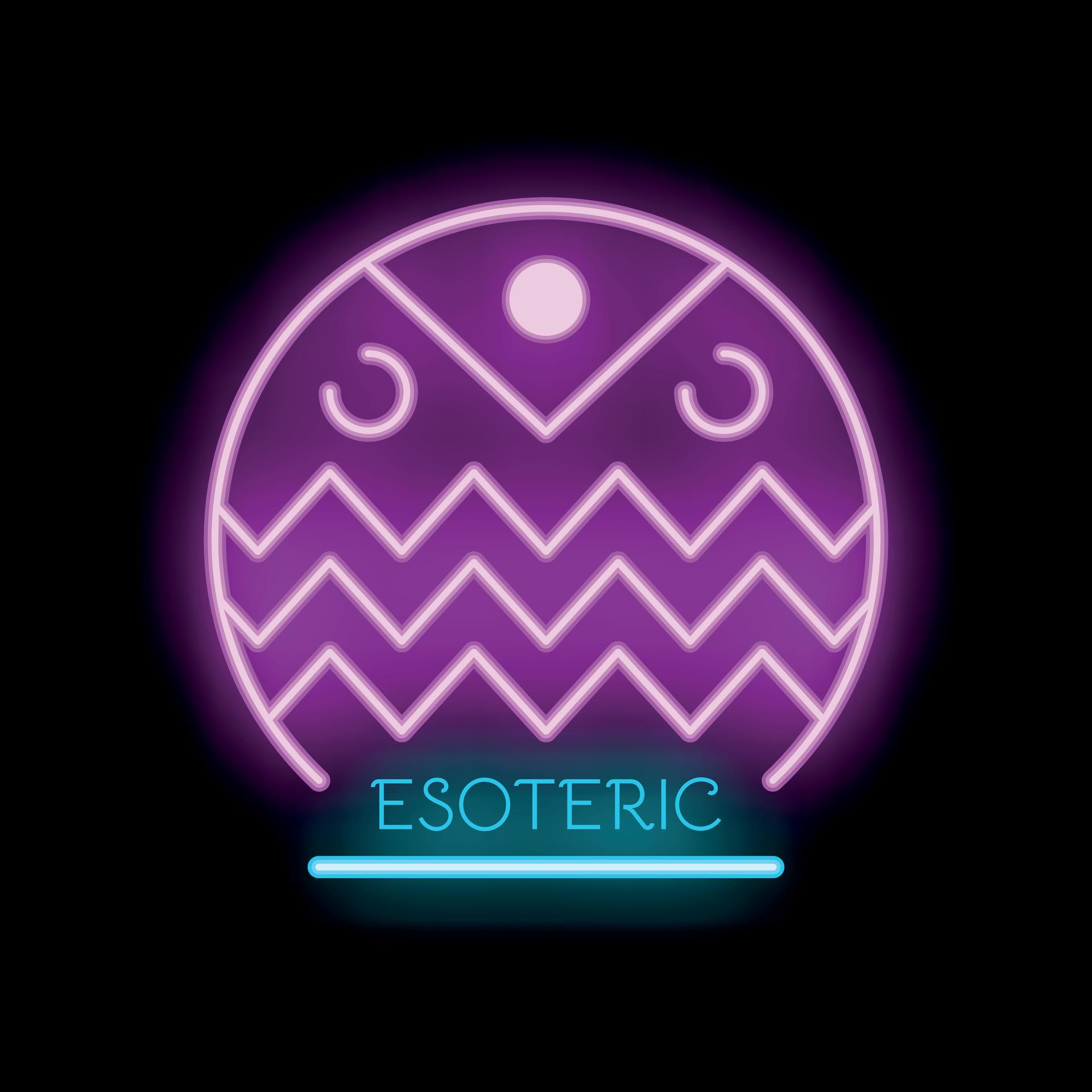Second Logos of the great Seth
The "Second Logos of the Great Seth" is a term found in Gnostic tradition, particularly in the texts of the Nag Hammadi scriptures. Seth is a central figure in various Gnostic and Kabbalistic systems, often depicted as the son of Adam and Eve, but also as a symbolic figure of knowledge and spiritual heritage.
The "Second Logos" refers to the manifestation or word (Logos) of Seth, understood as divine wisdom and knowledge. In Gnostic teachings, the Logos is often viewed as the mediator between the divine source and the earthly world, a kind of divine communication or revelation.
In the context of the "Second Logos of the Great Seth," it could refer to the expanded or evolved manifestation of the Logos of Seth, bringing deeper spiritual truths or a new revelation. This revelation could be seen as a path to salvation and a return to the divine source.
The exact meaning and interpretation of the term depends heavily on the specific Gnostic or religious tradition in which it is used. In many cases, Seth is portrayed as a figure associated with the "first man" or divine wisdom, who points the way to enlightenment and spiritual liberation.
Overall, the "Second Logos of the Great Seth" describes a deeper, expanded revelation of divine wisdom and knowledge, offering spiritual transformation for those initiated into these truths.
Second Logos of the Great Seth (NHC VII,2), a text in pristine external condition, but with a very difficult to understand meaning due to its confusing content. The text is addressed to a Christian-Gnostic community that was in fierce conflict with the emerging Catholic Church. On a cosmological level, the opponents of the Great Seth are those "who come from the first line of Adonaios." This and other mythological additions suggest that the text has a Sethian background, although a Christianized stage is already present: Christ has replaced Seth as revealer and redeemer on an equal footing. At the same time, it is striking that the community behind the Scripture displays some characteristics attributed to the schismatics of the First Epistle of John: They are Docetes or at least adherents of a dual-nature doctrine, reject the idea that the God Christ walked the earth in the flesh and was crucified with suffering, and mock the sacrament of anointing, which plays a major role among the Johannine believers. However, this text has in common with 1 John that both associate the Savior with water (→ baptism), which can probably be interpreted as evidence of the importance of baptism.
Links:



